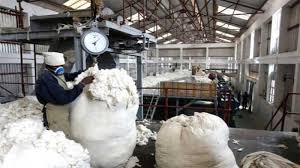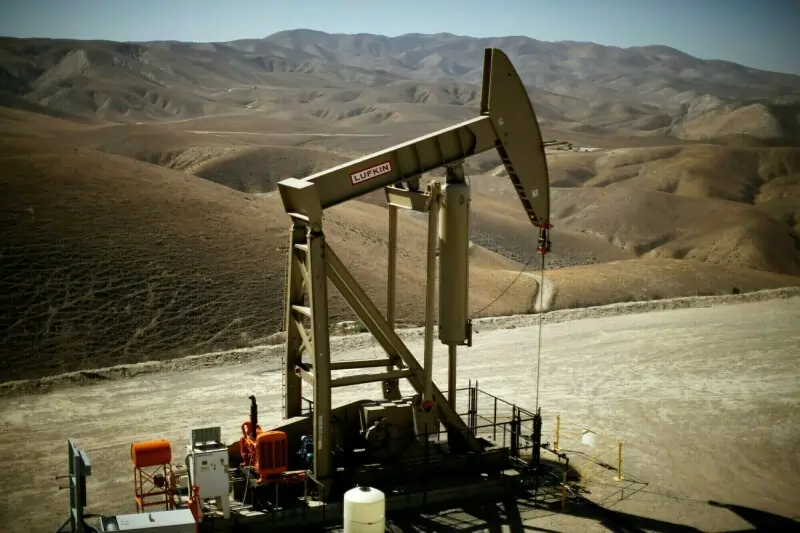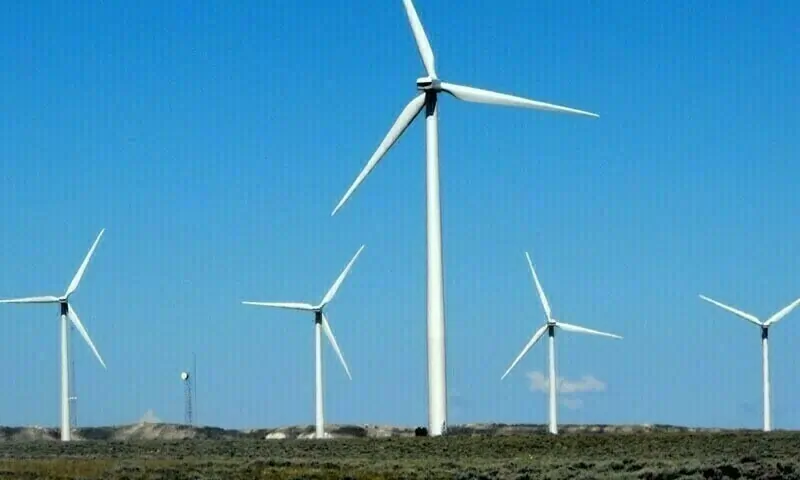Cotton brokers, traders, re searchers, and agricultural ists have called for urgent revitalisation of the cotton sector, stressing the need for concrete and actionable initiatives rather than policy rhetoric. Taking decisive measures is now unavoid able; otherwise, the country will continue to face declin ing cotton yields, endan gering its economy, foreign exchange reserves, and the long-term sustainability of its textile industry.
Speaking to The Express Tribune on Saturday, they noted that for the 2024-25 season, the Federal Committee on Agriculture (FCA) had set a production target of 10.87 million bales; however, ac tual output stood at a mere 5.5 million bales, marking the second-lowest cotton produc tion in the country’s history.
In Punjab, cotton was cultivated over 3.2 million acres, producing 2.7 million bales, while in Sindh, 1.55 million acres yielded 2.8 mil
lion bales, demonstrating relatively better performance than Punjab. They pointed out that Pakistan has already imported approximately 3.5 million bales of cotton, with further imports expected. If this trend continues, cotton imports could reach up to 35 billion, adding significant pressure on the country’s foreign exchange reserves and trade balance. According to well-placed
sources, one of the primary reasons for this decline is the financial and administrative crises within the Pakistan Central Cotton Committee (PCCC), under the Ministry of National Food Security and Research. The PCCC has been struggling for over a decade, mainly due to the textile industry ceasing cot crops, such as sugarcane, ton cess payments since 2016, rice, maize, and sesame. This funding shortfall has halted research activities, delayed scientists’ salaries, and disrupted the develop-ment of improved seed vari eties, severely impacting the country’s cotton research and development efforts.
Despite over 22 public and private research institutions working on cotton in the country, a lack of coordina tion, institutional fragmen tation, and professional rivalries have hindered the effective transfer of research findings to farmers.
Historically, the country achieved bumper cotton crops when research and de velopment were streamlined under an integrated system, Revitalising the PCCC as a central regulatory body and bringing all research efforts under its umbrella is the need of the hour to ensure effective outcomes in cotton productivity. Another key sales tax on local cotton has factor behind the decline created market uncertainty, in cotton production is the taking a heavy toll on both shift towards more profitable farmers and the textile indus
. The lack of a support price for cotton and unfair mar ket pricing mechanisms have discouraged small and progressive farmers from cultivating the crop. The dominance of middlemen further reduces farmers’ prof-
itability, pushing them to wards alternative crops with higher financial returns. Climate change is also a
major challenge, with ex treme heatwaves and erratic rainfall patterns significantly impacting yields, In June and July, temperatures soared to 48°C, causing widespread fruit shedding and substan tial yield losses. Moreover, pest infestations, particularly pink bollworm and whitefly, have further worsened the situation, with limited access to genetically improved seeds compounding the crisis. Regarding policy flaws and shortcomings, the 18%
try. Without immediate pol icy interventions, Pakistan’s cotton sector could experi ence an even sharper decline, To stabilise cotton produc tion for the 2025-26 season, ag riculturalists outlined urgent reforms, including revitalis ing the PCCC, recovering out standing cotton cess payments
from the textile industry, and reinvesting these funds into research and development. They also called for the intro duction of a minimum sup port price for cotton and the removal of the 18% sales tax to ensure price stability.
They urged for maximis ing early cotton sowing to achieve higher yields. Early planting allows the crop to develop a stronger root system, avoid peak pest in festations, and utilise the best climatic conditions Encouraging farmers to sow cotton as early as possible with the help of modern ag ronomic practices and exten sion services is essential for boosting production,
Karachi Cotton Brokers Forum Chairman Naseem – Usman warned that the coun try could face a significant shortfall of 5 million bales this year. He noted that the federal government has not yet set a target for next year, “Cotton is being imported from Brazil, America, South Africa, Argentina, and Australia, while approxi-
mately 700,000-800,000 bales of cotton will be im-ported from Afghanistan this year. For the last two years, the textile industry has been facing a serious crisis due to higher energy tariffs and the cost of doing business. If the industry had been growing, more cotton could have been imported, and the import bill for cotton would have ballooned to a great extent,” Naseem Usman said,
Sajid Mahmood, Head of . Technology Transfer at the Central Cotton Research Institute (CCRI) Multan, said, “Pakistan’s declining cotton production poses a severe threat to the economy, agri-culture, and textile industry.” Additionally, he called for capacity-building pro– grammes for farmers, in-cluding modern training initiatives, workshops, and field demonstrations to equip them with advanced cultivation techniques. Furthermore, he advocated for accelerating the adoption of genetically modified, pest-resistant cotton varieties.










